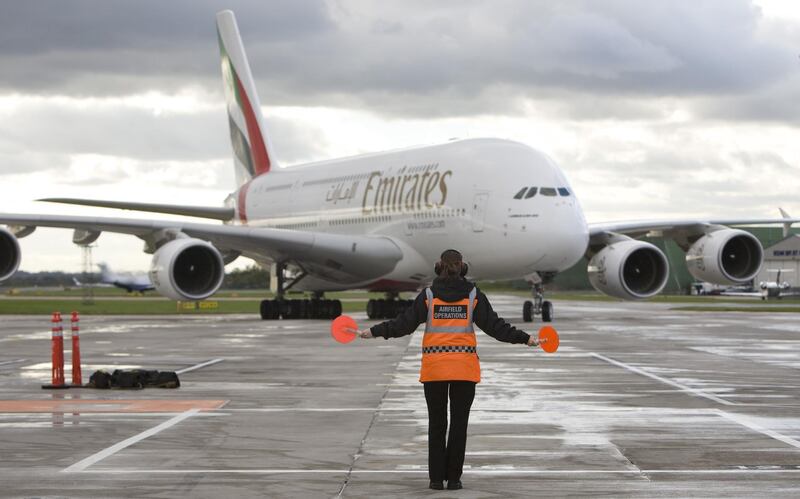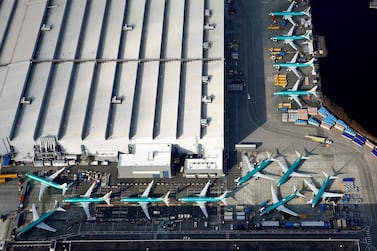Middle East and African carriers are expected to reap the rewards of restructuring to cut losses, despite bearing higher taxes and fees as regional governments seek to reduce their state budget deficits, according to the International Air Transport Association (Iata).
The Middle East and Africa is "one of the most promising" regions globally, where demand for air travel is expected to triple in the next 20 years under a best case scenario of open borders, Muhammad Albakri, Iata's regional vice president for Africa and the Middle East, told reporters on Saturday at Iata's 75th annual meeting in Seoul.
"We are hoping the worst is really behind us and looking forward that 2019 will end up in a positive trend moving into 2020 with a strong trend," Mr Albakri said. "We keep our fingers crossed, we are not out of the woods, however we remain hopeful."
The aviation industry is critical for economies in the Middle East, where governments are seeking to diversify their sources of income away from a dependency on oil. Aviation contributes $130 billion (Dh477.4bn) to the Middle East's gross domestic product (GDP) and creates 2.4 million jobs in the region, according to Iata. Air travel demand in the Middle East is forecast to grow 4.4 per cent per year to 501 million passengers by 2037, creating "significant" opportunities for regional carriers, according to Iata.
However, the aviation body cautioned regional airlines continue to face challenges that are eroding their profits and squeezing margins.
In 2018, the average profit per passenger globally was $6.12 versus a loss of $4.46 per passenger in the Middle East, according to Iata.
Fluctuations in oil prices, the strength of the dollar, geopolitical unrest, crowded airspace and a skills shortage are the main challenges facing airlines, it said.
"In 2017-2018, these carriers went through a lot, financial restructuring and recouping a lot of losses, we hope that the worst is behind us and they're now coming out the other end," Mr Albakri said.
Iata said it is working with regulators to reduce taxes and fees imposed on airlines, easing over-congested skies to passenger traffic, he said. A three-year drop in oil prices in 2014 had prompted regional governments to find ways to boost non-oil revenues.
"The fall of oil prices in the region for oil producing countries has pushed them to more taxation, more fees, more charges on the infrastructure to close the budget gap, which is really presenting the industry with another tremendous challenge," Mr Albakri said.
Middle East airlines have said that the rebound in oil prices is hurting their profitability.
Oil prices are a double-edged sword for airlines globally as higher crude prices mean inflated fuel costs that weigh on earnings, while lower prices clip demand for air travel. Emirates president Tim Clark said oil prices of $50 to $60 a barrel would be ideal for the airline industry.








